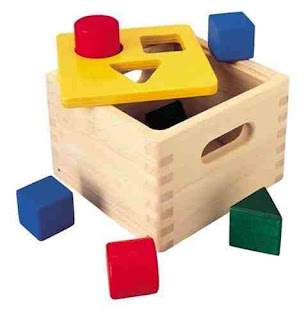Tuesday, October 15, 2013
Thursday, September 05, 2013
See you at Print 13 in Chicago, Sept 8-12 2013
See PressWise at
Print 13
We’re looking forward to Print 13 in Chicago next week, where we’ll be presenting some of the latest enhancements to PressWise, the all-in-one web-to-print, MIS and workflow automation tool designed to eliminate touches from your workflow, so you can run your business more efficiently and profitably.

If you’re planning to visit Print 13, then please stop by the SmartSoft booth (#4640) and say hello! Our print experts will be there to discuss how to get the most out of your workflow and show some of the latest enhancements to PressWise.
See Us At: Booth 4640 (Prepress/Software Section)
When: Sept 8th-12th, 2013
Where: Print 13, McCormick Place, Chicago
If you’d like to schedule a specific meeting time with us, just email us and we’ll arrange a 30-minute slot.
We look forward to seeing you there!
We’re looking forward to Print 13 in Chicago next week, where we’ll be presenting some of the latest enhancements to PressWise, the all-in-one web-to-print, MIS and workflow automation tool designed to eliminate touches from your workflow, so you can run your business more efficiently and profitably.

If you’re planning to visit Print 13, then please stop by the SmartSoft booth (#4640) and say hello! Our print experts will be there to discuss how to get the most out of your workflow and show some of the latest enhancements to PressWise.
See Us At: Booth 4640 (Prepress/Software Section)
When: Sept 8th-12th, 2013
Where: Print 13, McCormick Place, Chicago
If you’d like to schedule a specific meeting time with us, just email us and we’ll arrange a 30-minute slot.
We look forward to seeing you there!
Tuesday, April 09, 2013
I saw this post today on Quora
http://www.quora.com/APIs/In-baby-language-or-laymans-terms-what-is-an-API?share=1
This API takes circles, triangles, and squares and lets them into the box. It forces the user or client program to organize the inputs going into the box to the designer's liking, presumably so they're easier to work with.
If magic elves lived in the box, we could also have this API serve data out by having the elves push the shapes back out of the holes. This would be useful to the user/client program because now the outputs would come out in the way users expect them to. We would expect squares to come out of the square hole and not circles, and this example API would always do that.
APIs have many advantages. For security/sanity reasons, you generally do not want to not have a lid on your box. People could begin pushing star blocks or perhaps live sharks into the box, and this might be disagreeable to your magic elves. Conversely, perhaps one day you want to rearrange the insides of your box. This would be disagreeable to your users who would have to re-learn how to interface with your box. With this special lid on here, your users can not put anything in the box your elves do not like, and how you arrange the org chart of your magic elves inside remains inconsequential to your users.
In this way, an API forces structured data-based (or, in this example, block-based) exchanges between what the designer made and the outside world which wants to use it.
http://www.quora.com/APIs/In-baby-language-or-laymans-terms-what-is-an-API?share=1
By Katy Levinson, Instigator
she posted ( and i thought it was a most awesome post ! )
This is an API
This is an API
This API takes circles, triangles, and squares and lets them into the box. It forces the user or client program to organize the inputs going into the box to the designer's liking, presumably so they're easier to work with.
If magic elves lived in the box, we could also have this API serve data out by having the elves push the shapes back out of the holes. This would be useful to the user/client program because now the outputs would come out in the way users expect them to. We would expect squares to come out of the square hole and not circles, and this example API would always do that.
APIs have many advantages. For security/sanity reasons, you generally do not want to not have a lid on your box. People could begin pushing star blocks or perhaps live sharks into the box, and this might be disagreeable to your magic elves. Conversely, perhaps one day you want to rearrange the insides of your box. This would be disagreeable to your users who would have to re-learn how to interface with your box. With this special lid on here, your users can not put anything in the box your elves do not like, and how you arrange the org chart of your magic elves inside remains inconsequential to your users.
In this way, an API forces structured data-based (or, in this example, block-based) exchanges between what the designer made and the outside world which wants to use it.
Monday, February 25, 2013
Subscribe to:
Comments (Atom)










